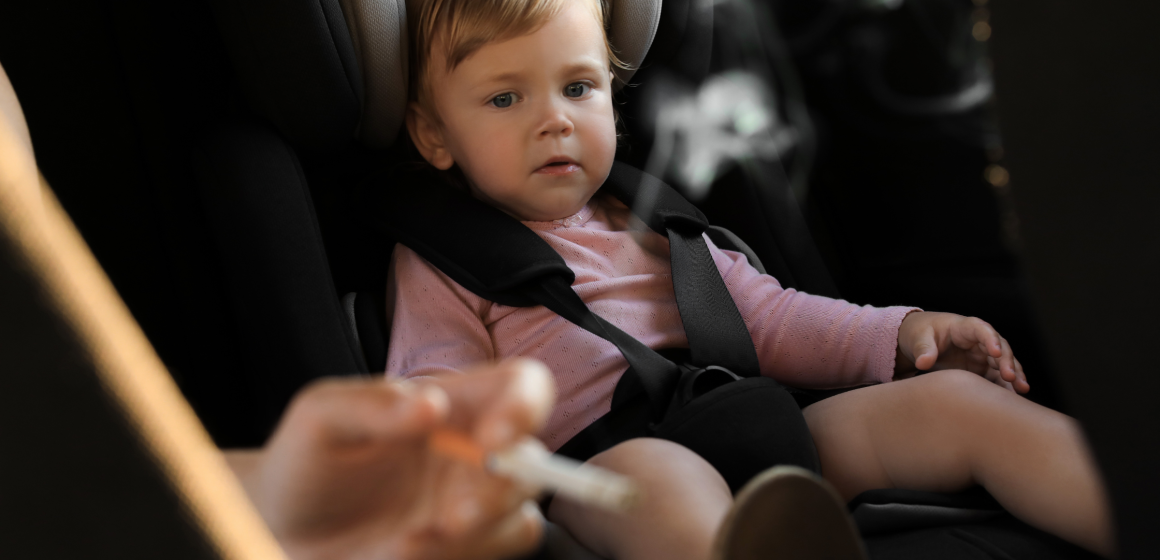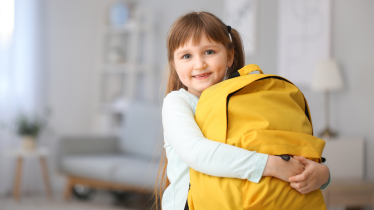With cannabis use becoming more widely accepted and legalized in various parts of the world, conversations around its effects have primarily focused on adult users. However, less attention is given to how secondhand cannabis smoke can affect those who are not using it directly—especially children. Just as secondhand tobacco smoke was identified as a significant health risk after years of research, secondhand cannabis smoke carries its own unique set of dangers that parents and caregivers should be aware of. Here’s an in-depth look at why secondhand cannabis smoke is risky for kids and how to protect your family.
Understanding Secondhand Cannabis Smoke
Secondhand cannabis smoke is the combination of smoke exhaled by the person using cannabis and the smoke that comes from the burning end of a joint, pipe, or bong. This type of smoke isn’t just harmless vapor; it contains tetrahydrocannabinol (THC), the psychoactive compound that causes a “high,” along with other harmful substances. Some of these substances are similar to those found in tobacco smoke, such as fine particulate matter and carcinogens.
For parents and caregivers, understanding that secondhand cannabis smoke contains THC and other chemicals is critical. Children, whose bodies and brains are still developing, can be more sensitive to the effects of these substances, even if they aren’t directly using them.
Why Is Secondhand Cannabis Smoke Risky for Children?
Children are more vulnerable to secondhand smoke of any kind due to their smaller bodies and developing organs. Here’s why secondhand cannabis smoke can pose significant risks:
- Brain Development Concerns: THC exposure, even in minimal amounts through secondhand smoke, can potentially interfere with a child’s brain development. This could lead to issues with attention span, memory, and learning. The brain continues to develop until a person is in their mid-20s, so children and teenagers are particularly at risk.
- Respiratory Issues: Similar to tobacco smoke, cannabis smoke contains fine particulate matter that can irritate the lungs and airways. Children exposed to secondhand cannabis smoke are at a higher risk for respiratory problems like coughing, wheezing, bronchitis, and even asthma.
- Psychoactive Effects: One of the most concerning aspects of secondhand cannabis smoke is that children can accidentally inhale enough THC to experience psychoactive effects. This might result in symptoms like dizziness, fatigue, and disorientation. While not common, these symptoms can be distressing and harmful.
- Behavioral and Cognitive Impact: Studies have shown that early exposure to substances like cannabis can have long-term effects on behavior and cognition. According to research published by the American Academy of Pediatrics (AAP), there are growing concerns about how repeated exposure to secondhand cannabis smoke might influence a child’s behavior as they grow, potentially increasing the risk of attention disorders and other developmental issues (read more about these findings here).
Evidence from Recent Studies
Although research on secondhand cannabis smoke is still developing, current studies provide important insights:
- Chemical Composition: Secondhand cannabis smoke contains many of the same harmful components found in tobacco smoke, such as carcinogens and fine particulate matter. This is alarming, considering the well-documented health issues associated with secondhand tobacco smoke.
- Lingering THC: THC and other chemicals can remain in the air long after smoking has stopped. Unlike tobacco smoke, which has been widely studied for its lingering effects, cannabis smoke is only beginning to be understood. However, research already shows that the psychoactive effects of THC can last in enclosed spaces and continue to pose risks for children long after the smoke is gone.
- Parental Use Trends: A study highlighted by the American Academy of Pediatrics indicates that while cigarette smoking among parents has decreased, cannabis use has increased. This shift suggests that more children may be exposed to secondhand cannabis smoke at home (source).
What About Edibles?
While this article focuses on secondhand smoke, it’s essential to mention that cannabis edibles present another risk. Accidental ingestion of edibles by children has become a significant issue as cannabis products become more common in households. The American Academy of Pediatrics reports an increase in unintentional edible cannabis exposures, leading to emergency room visits and calls to poison control centers. To learn more about this concerning trend, visit the AAP’s blog post on the topic (source).
Steps to Protect Your Children
If you or someone in your home uses cannabis, it’s essential to take steps to ensure that children are not exposed to secondhand smoke or accidental ingestion. Here are practical ways to keep your kids safe:
- Make Your Home and Car Smoke-Free Zones: Designate indoor and enclosed areas as smoke-free. While it might be convenient to smoke in your living space, the health risks to children make it worth finding an alternative outdoor location.
- Use Outdoor Spaces Wisely: If someone chooses to smoke cannabis, doing so outside and away from windows or vents can help minimize the smoke drifting back indoors.
- Ventilation Helps But Isn’t Enough: Opening windows and turning on fans can reduce smoke levels, but it won’t eliminate harmful particles or THC. The best way to avoid exposure is to keep the smoke entirely outside and away from areas where children play or sleep.
- Educate Caregivers and Family Members: Anyone who spends time around your children should be aware of your smoke-free policy. This includes friends, babysitters, and extended family members who might be visiting.
- Communicate with Neighbors: In apartment buildings or multi-family homes, smoke can seep through walls and shared ventilation systems. Open, friendly communication with neighbors about your concerns can lead to mutual respect and understanding regarding smoke exposure.
- Store Edibles and Cannabis Products Securely: To avoid accidental ingestion, store all cannabis products, including edibles and vaping supplies, in locked, childproof containers out of reach.
Talking to Your Kids About Secondhand Smoke
Depending on their age, you can explain to your children why smoke-free environments are important. Simple, age-appropriate conversations can help them understand that it’s not about judging someone’s choices but about keeping everyone safe and healthy.
Final Thoughts
Cannabis use may be more accepted and mainstream today, but it’s essential not to overlook the potential risks it poses to children through secondhand smoke. While research is still evolving, current evidence points to significant health concerns, especially in developing children. As a parent or caregiver, staying informed and taking proactive measures can go a long way in ensuring your child’s safety and well-being.
For more insights and resources on how secondhand smoke can affect your child’s health, visit the American Academy of Pediatrics and their related research on cannabis exposure. Your child’s health is worth every step you take to create a safer, smoke-free environment.












